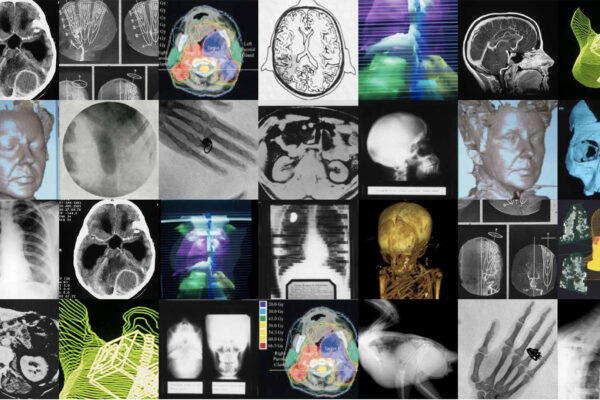Pamela K. Woodard, MD, a national leader in cardiothoracic imaging, has been named head of the Department of Radiology, director of Mallinckrodt Institute of Radiology (MIR) and the Elizabeth E. Mallinckrodt Professor of Radiology at Washington University School of Medicine in St. Louis. She will begin her new role July 1.
In this new role, she will leverage her extensive research, clinical and leadership experience in the field of radiology. She is currently the Hugh Monroe Wilson Professor of Radiology, senior vice chair and division director of MIR’s Radiology Research Facilities, director of the Center for Clinical Imaging Research, head of Advanced Cardiac Imaging CT/MRI, director of the Radiology Research Residency Program, and director of TOP-TIER, a clinician-scientist training program for residents and fellows.
“Dr. Woodard was unanimously selected by our leadership team from a deep and impressive group of candidates,” said David H. Perlmutter, MD, executive vice chancellor for medical affairs, the George and Carol Bauer Dean of the School of Medicine, and the Spencer T. and Ann W. Olin Distinguished Professor. “We believe she can lead us in further defining the career of radiologists and imaging scientists, the role of imaging in personalized medicine, and new strategies for diagnosis and treatment through interventional, minimally invasive and even noninterventional approaches that will advance human health. Her experience in collaborative work with other clinical and preclinical departments is an essential ingredient of the virtuous cycle of academic medicine that exemplifies the partnership of WashU Medicine and BJC HealthCare.”
Also a professor of medicine, of pediatrics and of biomedical engineering, Woodard conducted seminal research that led to the translation of cardiac magnetic resonance imaging (MRI) into clinical practice, including methods to improve imaging quality by suppressing respiratory motion. Such methods are in use in pediatric cardiac and congenital heart imaging.
She also led a team that developed a nanoparticle-based imaging agent for atherosclerotic plaques in blood vessels. The imaging agent detects a protein associated with unstable plaques that are prone to causing sudden major problems such as a heart attack or stroke.
Woodard is involved in the translation of novel positron emission tomography (PET) agents to assess blood flow through heart muscle. Poor blood flow is a sign of cardiovascular disease that could cause serious problems such as heart attacks. Her work led to the development of an imaging approach now widely used to assess blood flow through heart muscle, crucial information that doctors use to determine optimal treatment for each patient.
“I am honored to serve and lead Mallinckrodt Institute of Radiology at Washington University School of Medicine in this important role,” Woodard said. “The Department of Radiology has a long tradition of excellence and innovation in clinical radiology, radiology education, and imaging research. I am delighted to lead our world-class faculty and trainees in radiology into the next decade in collaboration with our partners at BJC HealthCare and across the Medical Campus.”
Read more on the School of Medicine website.



